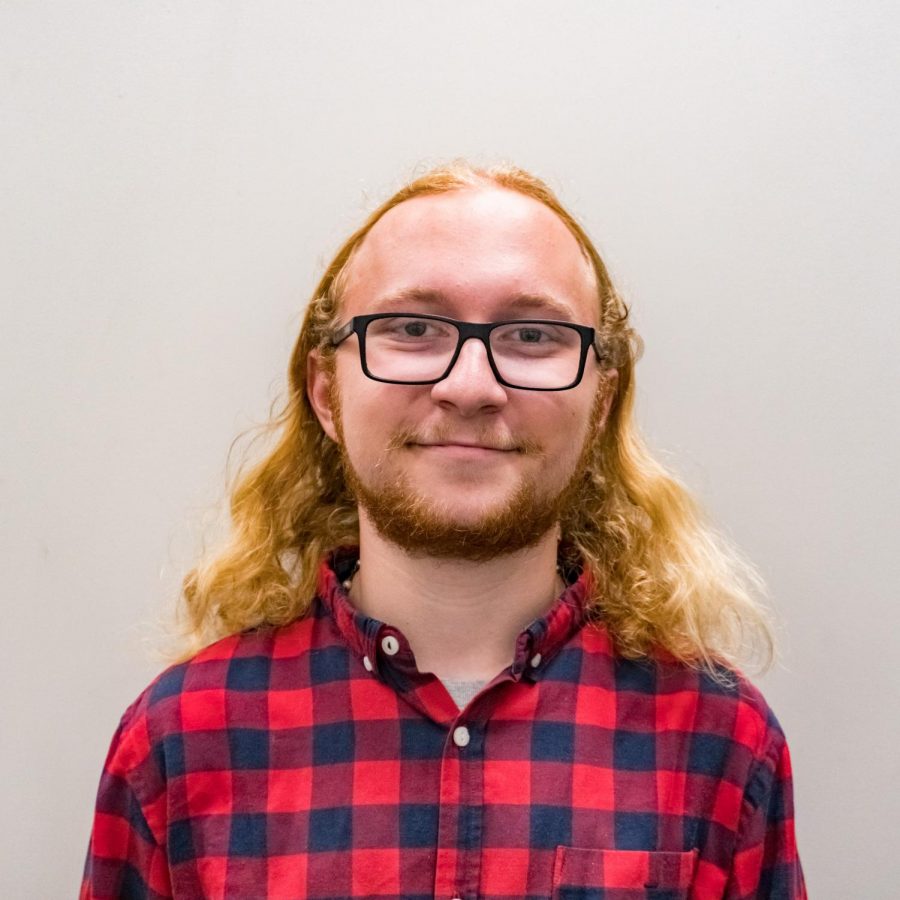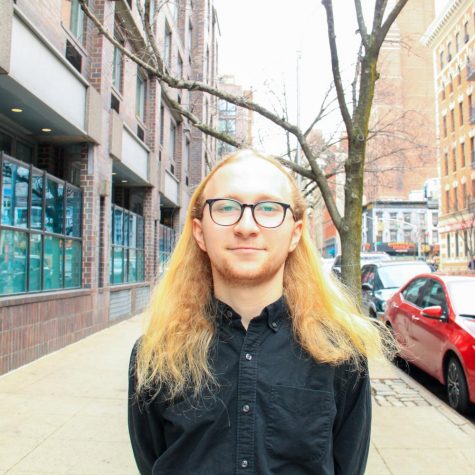Learning from the Past: The Violent History of Central Park
October 4, 2018
Who doesn’t love a nice city park? Whether it functions as an important part of the local neighborhood, a place to hang out with friends or a view that improves an otherwise dull daily commute, it’s safe to say parks are generally viewed as a positive addition to a community. This perspective is also held by many within the field of urban planning, who recognize the role parks play in improving personal and environmental health. However, as gentrification becomes a more widely discussed and prominent issue, the question industry leaders and experts are asking is how exactly urban parks contribute to gentrification, and what are the ways to prevent that process from continuing? The answer is community involvement. As long as a majority of the local community approve of and participate in the process — whether it be through public forums or referendums — of a park, or any other urban planning initiative, can be deemed a positive addition to the community. Exclusion of local input, intentional or unintentional, is simply gentrification, which in some instances is a polite way to say urban ethnic cleansing.
One of clearest examples of this issue is New York City’s iconic, Central Park, which attracts nearly 40 million visitors every year. While many cherish the park’s presence, few are aware of its brutal history. Five of the 843 acres that make up Central Park were originally called Seneca Village, a prominent minority community. Founded by free African-Americans in 1825, it grew to include many different ethnicities and became a strong, stable and successful community. Schools, churches and cemeteries were built and by the 1850s, an entire generation had been raised in Seneca Village.
The political importance of the community cannot be overstated. The New York state constitution of 1821 required African-American men to hold at least $250 worth of property in order to vote. So for many, the existence of Seneca Village was the first opportunity to own land in New York City and vote, which represented the actualization of the American ideals of freedom and democracy. Unfortunately, as the city expanded northwards, many began to oppose the community’s existence — the members of Seneca Village were falsely described as “squatters.” Eventually, the city intervened and Mayor Fernando Wood used eminent domain to take their land, declaring it the place of a new park. For two years the members of Seneca Village protested against the ruling until 1857, when, as one newspaper wrote, “the supremacy of the law was upheld by the policeman’s bludgeons.” Despite numerous pleas, both to the government and to the other residents of New York City, Seneca Village was forcibly evicted and the community was destroyed. Soon after, construction was finalized, and the park opened later that year.
The aggressive displacement and destruction of Seneca Village has remained a largely undiscussed part of New York City history. Gentrification, although much less outwardly brutal, is a subtle mutation of the same policy and goals that took place in Seneca Village. At its best, gentrification is a complete disregard for local residents, resulting in the exploitation of their community. At its worst, as seen in the destruction of Seneca Village, it is an intentional action to disrupt growing communities and take power away from the vulnerable, giving it to those who already wield it.
It is important to remember the history of places around us as we look forward. As new parks are appearing everywhere around the city, it is crucial to include local input. Aside from acknowledgment and reparations, not much can be done for Seneca Village. But as the city continues to grow and change, it is important to avoid more failures in human decency. Because ultimately, urban ethnic cleansing is a choice, whether it be an active choice by policymakers or a passive choice by those who benefit from it and choose to ignore it. Residents of New York City must choose to do better by their neighbors, especially those most vulnerable.
Opinions expressed on the editorial pages are not necessarily those of WSN, and our publication of opinions is not an endorsement of them.
Email Cole Stallone at [email protected].



























































































































































